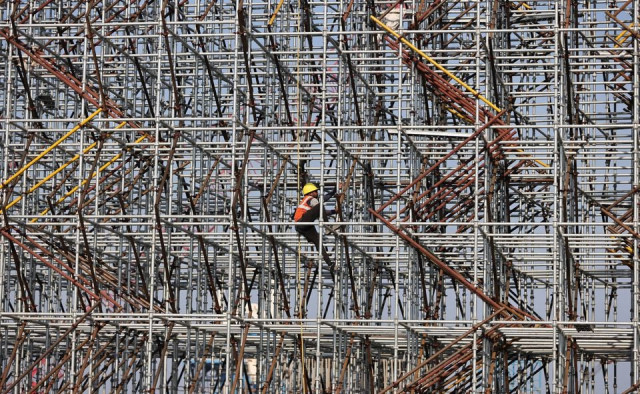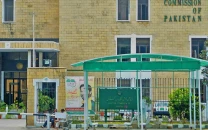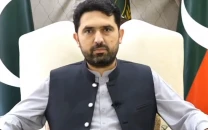Nandana Fort ready for inauguration
Revitalised heritage gets canteen, rest house, hotel and shaded benches

The Tourism Development Corporation of Punjab (TDCP) has almost completed restoration work on the historical Nandana Fort and on a temple built in the 8th century, a historic mosque and a science laboratory of Muslim Persian scientist Abu Rayhan Al Bairuni.
TDCP has also paved allroutes from GT Road to the over 1,000 century-old Nandana Fort, constructed at an altitude of 15,000 feet by wealthy Hindu king Inder Pal in the Baghanwala village of Pindadan Khan Tehsil in the Jhelum district.
Located within the salt range, the foundations of the fort were severely damaged and in dire need of restoration.
Washrooms, canteens, rest houses, hotels and tuck shops have been constructed in different locations leading to the fort while shaded benches and lights have also been installed on the premises. During the excavation by the archaeology department, utensils and a sewerage system was also discovered.
Centuries ago, this was the only route to reach Delhi and all invaders coming from Afghanistan used to take this route.
The Hindu Shahi kings had also set up special check posts to monitor the movement of invaders.
Former prime minister Imran Khan visited the fort here in February 2021 and ordered its restoration by building a worldclass science laboratory in memory of Al-Bairuni and renovating the fort, the temple and the mosque.
An initial grant of Rs300 million was also released for the restoration project. The Baghanwala village on the way to Nandana
Fort has been declared a “model village” and water, electricity, gas and phone services have been provided there. Internet service will also be provided to the village next month.
At Nandana Fort, a rest house, a hotel, a kiosk, tuck shops and washrooms have been constructed while benches and lights have also been installed.
A plaque containing the history of the fort has also been installed. Roads from Baghanwala to the fort have been paved with locally available stones. The historic fort is expected to be opened for tourists in the next three months.
There is a big temple next to this fort. This temple was built in the name of Hindu Lord Shiva. The landmark fort housed the laboratory of renowned Muslim Persian scientist Abu Rayhan Al Bairuni, where he measured the circumference of the earth.
Understandably, the building is also known as the Al Bairuni Centre for this reason. A state-of-the-art science laboratory is being built at the place where Al-Bairuni carried out experiments.
This laboratory will be equipped with computers and the internet. Young scientists from all over thecountry will use the lab for experiments. In the 10th century, Mahmud Ghaznavi attacked this fort and con-quered it after a week-long battle. After the conquest,
he built a large mosque next to the temple called Ghaznavi Mosque.
The mosque has also been decorated and painted according to the original architecture.
Excavation work by the archaeology department is also going on in phases here. In the next few months, Al-Bairuni laboratory, Nandana Fort, Ghaznavi Mosque and the thousand-year-old temple will be opened for public visit.



















COMMENTS
Comments are moderated and generally will be posted if they are on-topic and not abusive.
For more information, please see our Comments FAQ